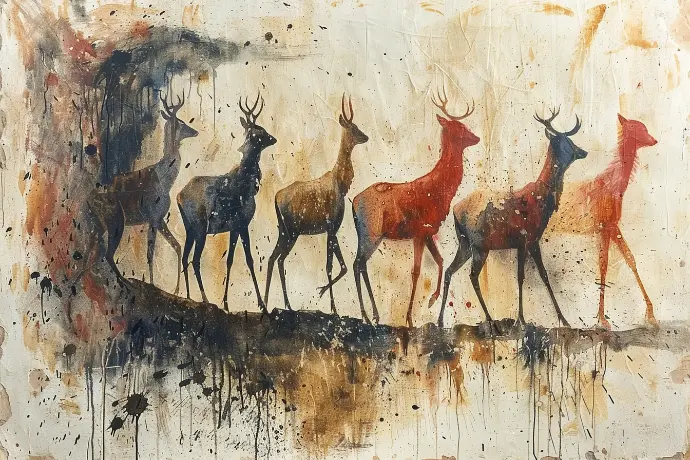Nutty Facts
Human history is replete with fascinating stories about food, stories that speak to our biological and cultural evolution as a species. Beyond mere sustenance, the cultivation, consumption, and trade of edible nuts represent a fundamental aspect of human existence. By understanding our relationship with nuts over the ages, we can come to better understand ourselves.

Nuts before Sapiens
Some 780,000 years ago, hominids living along a lakeshore in what is now Northern Israel left behind evidence that their varied diet included fat-and protein-rich almonds and pistachios, along with five other species of nuts. Evidence included not only remnants of the nuts themselves, preserved in strata of rock, but also a kitchen-full of pitted hammers and anvils that are believed to have been used to crack the nuts’ hard shells.
For more, see Bower, Almond Joy, Stone Age Style: Our Ancestors Had a Bash Eating Wild Nuts (www.sciencenews.org Feb. 20, 2002), and also Goren-Inbar, et al., Nuts, Nut Cracking, and Pitted Stones at Gesher Benot Ya’aqov, Israel (Proceedings of the National Academy of Sciences, Feb. 19, 2002).

Pleistocene Pine Nuts
Apparently, you can tell a lot about people’s lifestyles by looking at their teeth. DNA from dental plaque on 50,000-year-old Neanderthal teeth found in El Sidrón Cave in Spain reveals that Neanderthals there dined on pine nuts. And that DNA analysis suggests these folks may have shared their nutty meals with homo sapiens. It is general knowledge that humans have deliberately cultivated and eaten pine nuts for at least 6,000 years. But maybe (just maybe) but those Neanderthals showed our ancestors where to look in the first place.
For more on Neanderthal teeth, see Callaway, E. (2017). Neanderthal Tooth Plaque Hints at Meals—And Kisses. Nature, March 9, 2017

Almonds for a Nordic King
In 2023, archaeologists unveiled a stunningly preserved royal medieval pantry, complete with exotic foods from distant lands. These kingly treats included saffron, ginger, cloves, peppercorns--and (you guessed it) almonds. Found in the hold of the sunken royal flagship, Gribshunden, these luxury edibles were intended by King Hans of Denmark and Norway to signify his “soft power,” as he traveled to Sweden in 1495, seeking to be elected its leader. After King Hans disembarked with his liveried retinue, his ship exploded and burned off the Swedish islet of Stora Ekőn. Icy water and soft silts preserved this unique archaeological find.
For more: Larsson, M. and Foley, B. (2023), The King's Spice Cabinet-Plant Remains from Gribshunden, a 15th Century Royal Shipwreck in the Baltic Sea. PLoS One, Jan. 16, 2023.